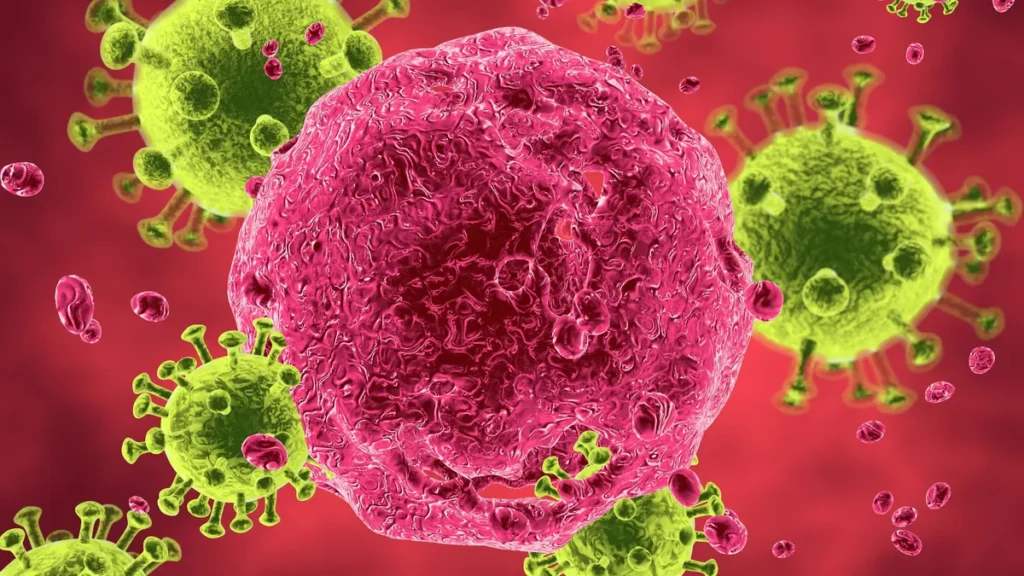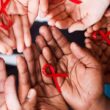HIV/AIDS disparities in marginalized groups
Disparities in HIV/AIDS Among Marginalised Populations: A Shadow Pandemic
Racial and ethnic minorities, indigenous populations, and migrants frequently experience disproportionately high rates of HIV infection and worse health outcomes despite tremendous improvements in HIV therapy. This discrepancy emphasises the intricate interactions of enduring stigma, restricted access to healthcare, and social determinants of health.
Table of Contents

Minorities in Race and Ethnicity: A Demand for Equity
HIV/AIDS disparities in marginalized groups
Racial and ethnic minorities have greater rates of HIV infection than the general population in several high-income countries. Among the contributing elements are:
- Socioeconomic Disparities: Living in poverty, having trouble finding a place to live, and having little access to education can all make one more likely to contract HIV.
- Discrimination in Healthcare: Minorities of colour may experience prejudice or cultural insensitivity in healthcare settings, which can cause delayed diagnosis and worse treatment compliance.
- Limited Culturally Competent Care: Communication obstacles and care accessibility may arise from a lack of culturally competent healthcare services and preventative education.
- Increased Rates of STIs: HIV transmission is made more likely by sexually transmitted infections (STIs). The STI rates of racial and ethnic minorities can be greater because they have less access to testing and preventative services.
HIV/AIDS disparities in marginalized groups
Targeted outreach initiatives, healthcare professionals who are culturally sensitive, and laws that support social fairness and economic opportunity are all necessary to address these discrepancies.
Indigenous Communities: Particular Difficulties
HIV/AIDS disparities in marginalized groups
Globally, indigenous populations frequently have a disproportionately high rate of HIV infection. This susceptibility is caused by multiple factors:
- Geographic Isolation: Access to healthcare services, such as HIV prevention, testing, and treatment, may be restricted in remote areas.
- Historical Trauma and Colonisation: The lingering effects of prejudice and social exclusion can have a detrimental effect on indigenous populations’ general well-being and ability to receive healthcare.
- Cultural customs: If not modified with HIV prevention in mind, some cultural customs may raise the risk of HIV transmission.
- Language Barriers: Understanding and adherence to treatment plans or preventive measures may be hampered by communication gaps with healthcare practitioners brought on by language barriers.
HIV/AIDS disparities in marginalized groups
In order to effectively prevent and treat HIV in indigenous communities, it is necessary to work in conjunction with community leaders, honour cultural customs, and make sure healthcare services are available and appropriate for the community.
Migrants: Always in motion
Frequently at Risk Regardless of their immigration status, migrants may be more susceptible to contracting HIV. Among the contributing elements are:
- Limited Access to Healthcare: It can be difficult to navigate new healthcare systems, which can cause delays in getting tested or treated.
- Stigma and Discrimination: Migrants may be prevented from obtaining healthcare services by fears of deportation or social isolation brought on by HIV stigmas.
- Exploitation and Violence: Immigrants may be more susceptible to circumstances that raise the risk of HIV transmission, especially if they work in sex work or are LGBTQ+ community members.
- Language and Cultural Barriers: Misunderstandings and ineffective care might result from communication problems with healthcare professionals.
HIV/AIDS disparities in marginalized groups
Policies that guarantee access to healthcare regardless of immigration status, culturally aware outreach initiatives, and cooperation with migrant support groups are all necessary to promote HIV prevention and care for migrant populations.
In conclusion, there is a shared responsibility.
HIV/AIDS disparities in marginalized groups
There is a need for action since marginalised populations have a disproportionately high HIV prevalence. To address these differences, a multifaceted strategy that includes:
- Increasing the effectiveness of social safety nets: Reducing poverty, fostering education, and providing secure housing are key strategies for lowering HIV risk.
- Investing in culturally competent healthcare: Putting money into healthcare with cultural competence: It’s critical to provide language services and healthcare providers with cultural sensitivity training.
- Fighting stigma and discrimination: To build more inclusive health systems, anti-discrimination laws and educational initiatives are crucial.
- Empowering communities: empowering localities Long-term effectiveness depends on involving marginalised communities in the planning and execution of preventative and treatment initiatives.
HIV/AIDS disparities in marginalized groups
We can build a future in which marginalised communities are not disproportionately affected by HIV infection rates by cooperating to eliminate social inequities and guarantee fair access to healthcare.


